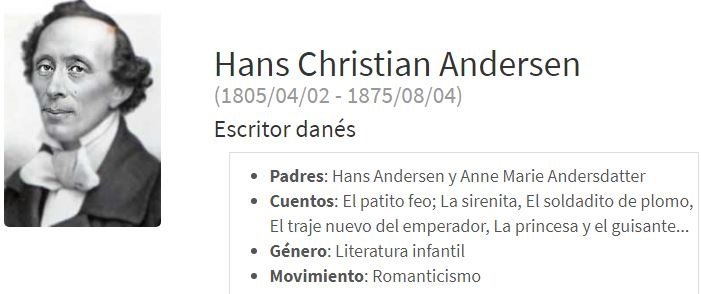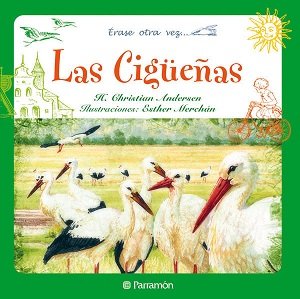Why a Stork? They are known to be birds of great protection, and are dedicated to their young. In addition, the fact that they nested in chimneys and roofs of houses and returned year after year to lay their eggs and care for their young, made them the perfect character.
Little by little, popular culture grew to such an extent that the peculiarity that they came from Paris was added to give it a more romantic character, but the first time this legend was heard was in Scandinavia (Scandinavia is a geographical and cultural region of northern Europe composed of the kingdoms of Norway, Sweden and Denmark, in which Nordic languages, also called Scandinavian languages, are spoken hundreds of years ago. For those lands, mothers told their children that the stork 'bring children' to families eager to have children.
It was the writer of children's stories, Hans Christian Andersen who helped in the task thanks to his story: The Storks. It is a story that talks about the customs of this bird, but like other stories of the nineteenth century, it has passages of great hardness.
The story of the stork that brings the baby in a diaper and leaves it in front of the door of the house, gave way in many families to explain the conception, but nowadays more and more parents resort to reality and face naturally and direct sexuality issues with their children.
As a curiosity…
Who was Hans Christian Andersen?
He was a Danish writer and poet, famous for his stories for children, including The Ugly Duckling, The Little Mermaid and The Snow Queen. These three works by Andersen have been adapted to the big screen by Disney.
Andersen is best known for his stories for children, written after 1835, with considerable success, editing from there almost a volume per year.
The success would follow him until his death, which occurred in full glory: he died of liver cancer on August 4, 1875, at age 70. The author's own personality explains his talent for writing children's stories, given that his sensitivity as a child led him to contemplate reality with an always new look. On the other hand, its popular origin linked it to the tradition of folklorists, that is, to the oral transmission of legends.
Full story https://ciudadseva.com/texto/las-ciguenas/
All these stories are beautiful and lead to the creativity and imagination of children. However, because of the haste of the times and the reality of the day to day, it is convenient to talk about the true origin of the birth, taking into account the age of the child.
Currently there are many forms and audiovisual material that help us in this task of educating children.

Support pages.
https://www.guiainfantil.com/articulos/ocio/cuentos-infantiles/la-leyenda-de-la-ciguena-y-los-bebes-cuentos-infantiles/
http://www.escuelapedia.com/origen-de-la-leyenda-de-la-ciguena/
http://elblogdemara5.blogspot.com/2011/10/resumen-breve-biografia-de-hans.html


